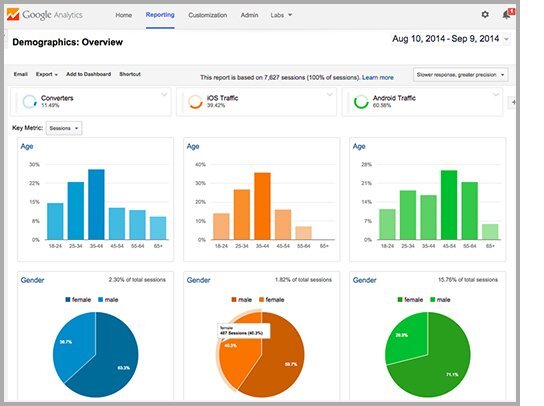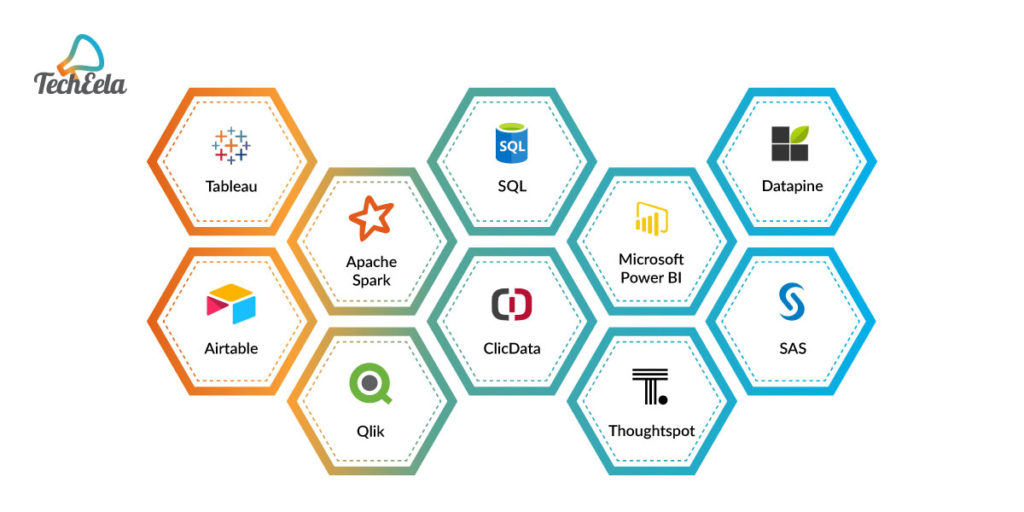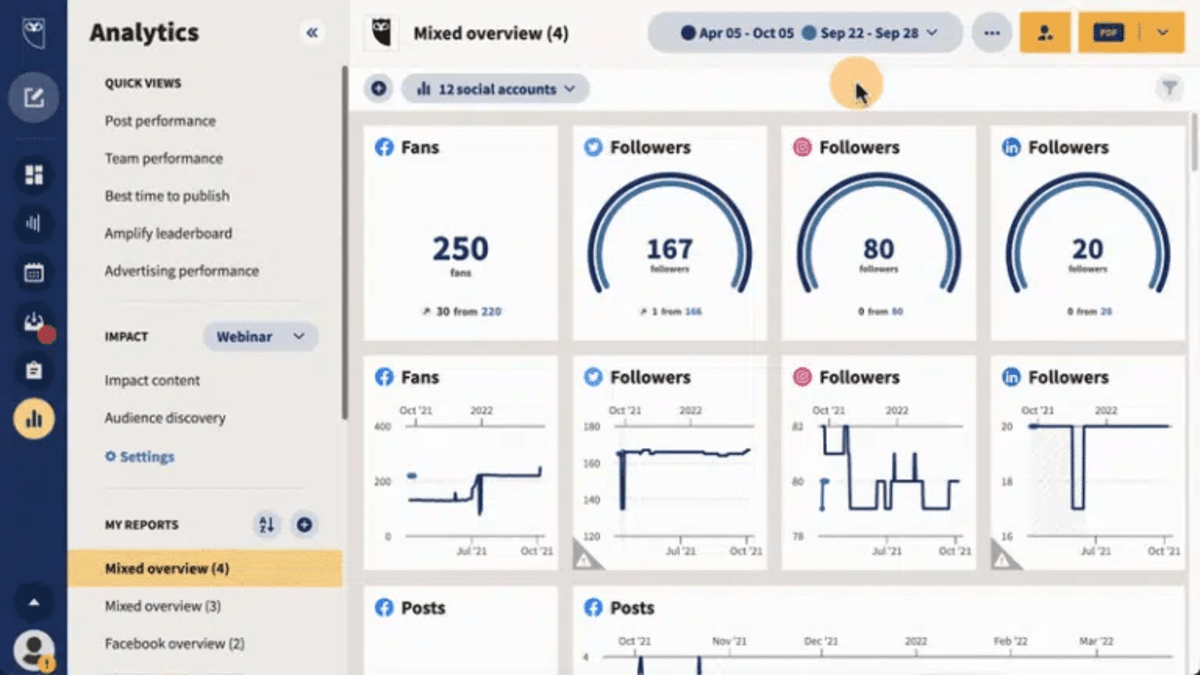Increase Efficiency and Earnings Through Data Analytics
In today's data-driven landscape, companies are progressively recognizing the critical role of data analytics in boosting functional effectiveness and earnings. By systematically evaluating data, organizations can reveal critical insights that educate critical decisions, streamline procedures, and dressmaker client experiences (Analytics). The obstacle exists not just in the implementation of these logical devices but also in recognizing exactly how to translate information into actionable end results. As we check out the nuances of reliable data-driven techniques, the implications for both temporary gains and long-term success ended up being increasingly clear. What might these understandings expose for your company?
Recognizing Data Analytics
In today's data-driven landscape, comprehending information analytics is vital for companies aiming to improve functional performance and drive success. Information analytics entails the methodical computational evaluation of information collections to discover patterns, connections, and understandings that inform decision-making. By employing different strategies, such as analytical evaluation, device learning, and predictive modeling, companies can transform raw data into actionable intelligence.
The procedure commonly begins with data collection, where relevant information is gathered from several sources, consisting of transactional data sources, client communications, and market fads. This information is after that cleansed and arranged to ensure accuracy and consistency. As soon as the information is prepared, logical devices and software program are made use of to imagine the info and check out, enabling stakeholders to determine patterns and anomalies.
Ultimately, understanding information analytics empowers companies to make enlightened choices based upon empirical evidence instead of instinct. It promotes targeted approaches that can maximize source allotment, enhance customer contentment, and improve general performance. As organizations significantly acknowledge the value of data-driven understandings, a strong grasp of data analytics comes to be a critical expertise for teams and leaders alike, placing them for continual success in a competitive environment.

Key Advantages for Businesses
Organizations that take advantage of information analytics can unlock a plethora of advantages that dramatically improve their procedures and success. Among the primary advantages is improved decision-making. Data analytics gives actionable understandings stemmed from real-time data, permitting companies to make educated selections that line up with market needs and consumer preferences.

Additionally, data analytics fosters improved client experiences. By comprehending client habits and choices, services can customize their offerings, causing raised satisfaction and commitment. This tailored strategy often results in higher conversion prices and repeat organization.
In addition, information analytics makes it possible for services to determine emerging trends and opportunities. By remaining in advance of the curve, organizations can profit from brand-new markets and innovations before their rivals.
Applying Data-Driven Methods
Successful implementation of data-driven strategies calls for a detailed understanding of both available information and organizational objectives sources. Organizations should initially specify their objectives plainly, making sure alignment in between data initiatives and strategic goals. This clarity makes it possible for groups to concentrate on pertinent metrics and insights that drive decision-making.
Top notch data is crucial for precise evaluation, as inadequate data can my website lead to misdirected approaches and squandered sources - Analytics. Organizations has to establish processes for data collection, cleaning, and administration to keep information integrity.
Moreover, cultivating a data-driven society is essential. Staff members at all levels ought to be motivated to take advantage of information in their day-to-day procedures. Training programs and workshops can enhance data literacy, equipping personnel to make enlightened choices based upon logical understandings.
Devices and Technologies Overview
A robust suite of technologies and tools is vital for organizations aiming to harness the full capacity of data analytics. These tools help with the collection, processing, and visualization of data, enabling businesses to obtain actionable insights.
At the foundational degree, data monitoring platforms such as SQL databases and NoSQL systems provide efficient information storage and access capacities. For data processing and evaluation, shows languages like Python and R, along with frameworks such as Apache Glow, enable intricate computations and artificial her comment is here intelligence applications.
Visualization devices, consisting of Tableau and Power BI, transform raw data right into intuitive graphical layouts, making understandings accessible to stakeholders in any way levels. In addition, cloud-based systems like Google Cloud and AWS use scalable storage and like this handling options, fitting the growing quantities of information organizations encounter.
For sophisticated analytics, predictive modeling and AI-driven remedies are increasingly taken on, allowing business to anticipate fads and boost decision-making procedures. Integrating these tools into existing operations is critical; organizations that effectively leverage this innovation can substantially improve functional efficiency and drive productivity. Hence, buying the right tools and modern technologies is a critical crucial for any kind of data-driven organization.
Situation Studies of Success
Leveraging data analytics has led many organizations to accomplish impressive enhancements in performance and productivity. One notable instance is a large retail chain that executed predictive analytics to enhance supply management. By evaluating historical sales information and customer fads, the business lowered excess inventory by 30%, leading to considerable cost financial savings and boosted cash money flow.
Another example can be located in the manufacturing industry, where a leading vehicle producer made use of data analytics to improve its production procedures. By keeping an eye on equipment efficiency in real-time, the company determined bottlenecks and inadequacies, leading to a 20% rise in total equipment efficiency (OEE) This not only improved manufacturing prices however also decreased downtime and upkeep expenses.

These study highlight exactly how data analytics can drive critical decision-making, optimize procedures, and inevitably enhance both efficiency and productivity across different sectors.
Final Thought
To conclude, the combination of data analytics right into business procedures provides significant chances for boosting effectiveness and success. By systematically examining data, companies can recognize inadequacies, maximize customer experiences, and make notified decisions. The adoption of anticipating modeling and real-time tracking better enables services to stay in advance of emerging patterns and assign resources successfully. Inevitably, the critical application of data-driven techniques fosters continual affordable benefits and drives considerable improvements in functional performance and monetary outcomes.
In today's data-driven landscape, understanding information analytics is important for organizations aiming to boost operational performance and drive profitability. Data analytics involves the systematic computational analysis of data collections to reveal patterns, relationships, and understandings that notify decision-making. Information analytics provides workable insights obtained from real-time information, enabling organizations to make informed choices that align with market demands and customer preferences.
Premium information is important for precise analysis, as poor data can lead to misdirected strategies and lost sources. Organizations should develop processes for information collection, cleaning, and administration to maintain data stability.
Comments on “How to Enhance Efficiency with Comprehensive Analytics”